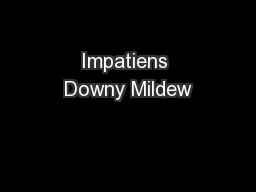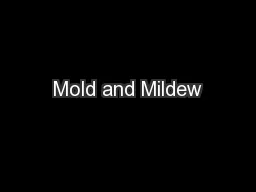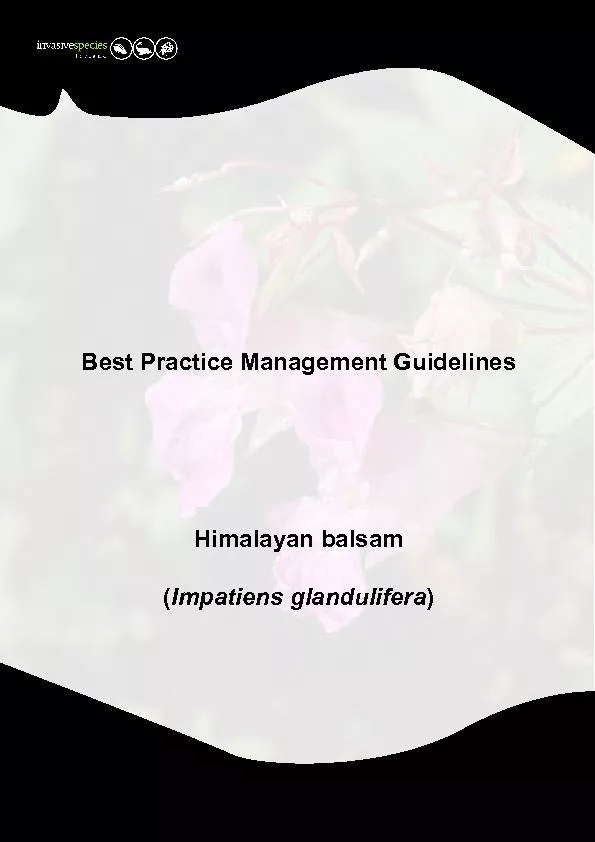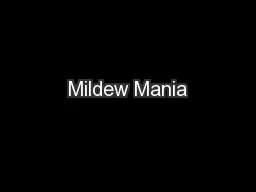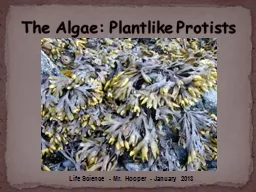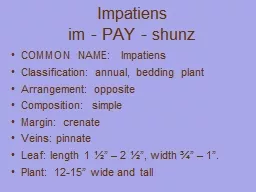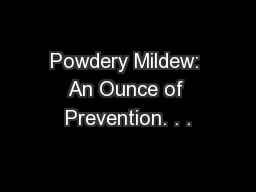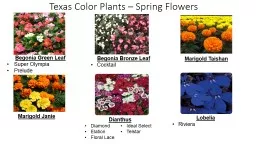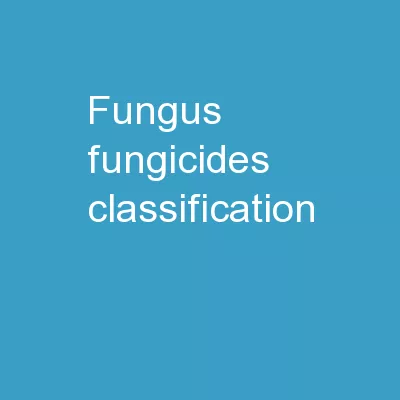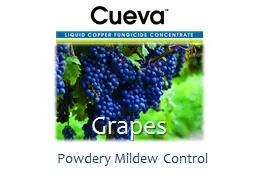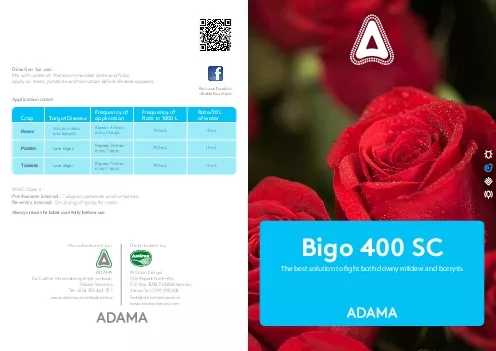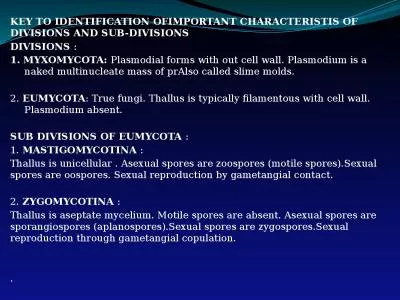PPT-Impatiens Downy Mildew
Author : myesha-ticknor | Published Date : 2016-03-28
Contributions by alphabetically Brian E Corr Dean Mosdell Nancy Rechcigl Darryl L Thomas Jane Trolinger 2012 Syngenta Classification PUBLIC Reproduced with the
Presentation Embed Code
Download Presentation
Download Presentation The PPT/PDF document "Impatiens Downy Mildew" is the property of its rightful owner. Permission is granted to download and print the materials on this website for personal, non-commercial use only, and to display it on your personal computer provided you do not modify the materials and that you retain all copyright notices contained in the materials. By downloading content from our website, you accept the terms of this agreement.
Impatiens Downy Mildew: Transcript
Download Rules Of Document
"Impatiens Downy Mildew"The content belongs to its owner. You may download and print it for personal use, without modification, and keep all copyright notices. By downloading, you agree to these terms.
Related Documents

